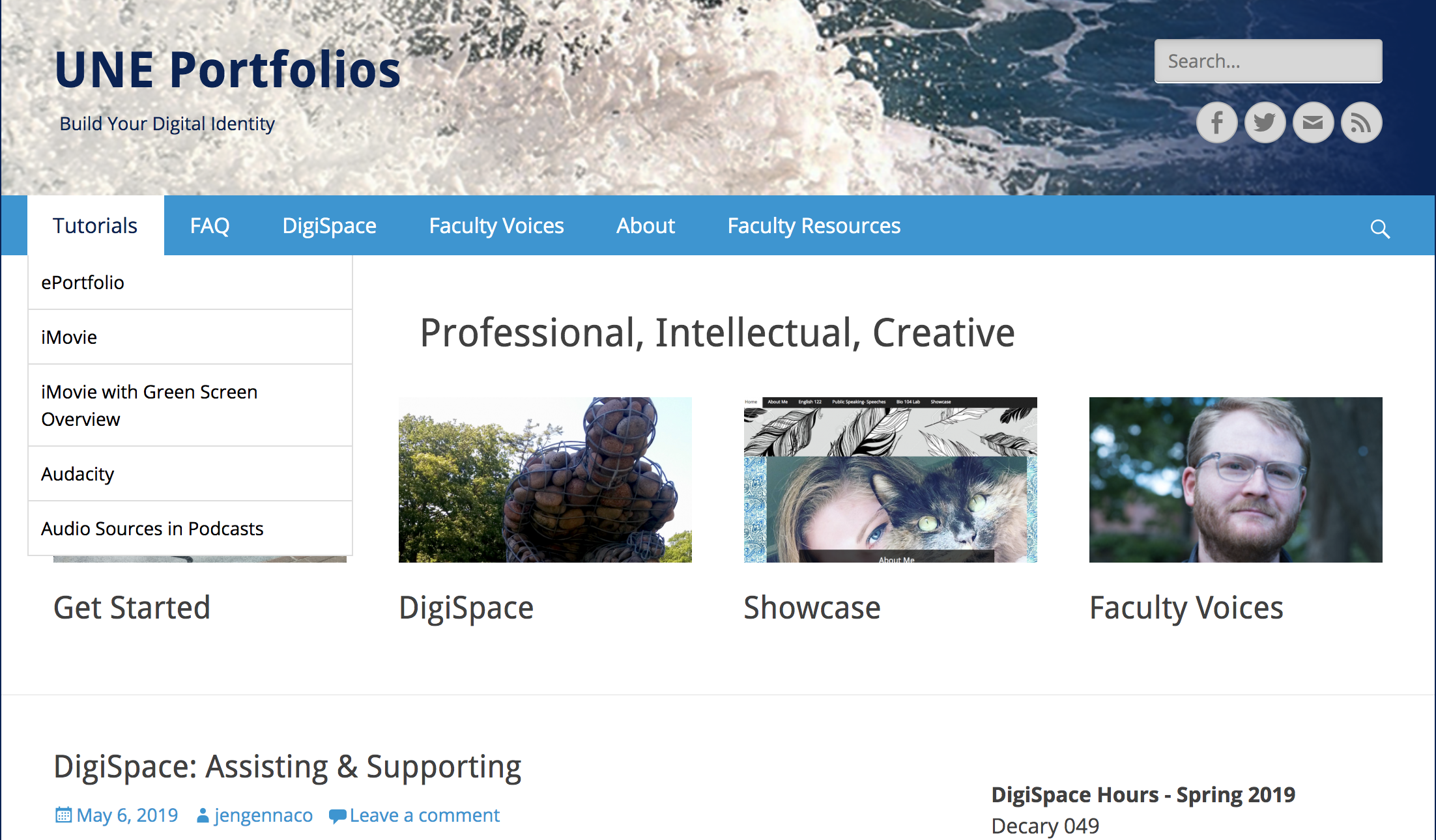
Digital Ethics and ePortfolio
As our ePortfolio program grows, I am thinking more about resources to help students and faculty apply best practices and to better understand responsible web content development. As an English professor, I speak often with students about the importance of understanding plagiarism vs. paraphrasing and about attribution and citation. The liberal borrowing of images and video on social media is contrary to academic standards, so it is not surprising that ePortfolio users do not always think to include citations when using stock images or images that pop up on a Google search. So as part of my professional development this summer, I have been working on gathering resources and understanding best practices when it comes to student ePortfolio instruction.
The most informative source I have encountered thus far is from The International Journal of ePortfolio‘s most recent issue (2021, volume 1). “Digital Ethics in ePortfolios: Developing Principles, Strategies, and Scenarios” by Amy Cicchino, Megan Haskins, Morgan Gresham, Kevin Kelly, Christine Slade, and Sarah Zurhellen offers an overview of guidelines developed by a Digital Ethics Task Force created by the Association for Authentic, Experiential, Evidence-Based Learning (AAEEBL).
My goal this fall is to begin to incorporate instruction and guide students to sources that are searchable and that encourage students to apply standards of attribution to the images they select. One of the sources is Unsplash, an open photography source (like Creative Commons). The blog part of the site includes varying content, and in June 2021, blogger Tanya Santos posted a request from contributors to address the inequity of inclusive representations of stock photography. In “Creating a More Inclusive Internet,” Santos demonstrated how the site adjusted its algorithms to be more inclusive in searches, and the site administrators are encouraging contributors to build content to begin to address under-represented areas “in the internet’s visual library [that] include body positivity, cultures and ethnicities, disability, feminism, the gender divide and the LGBTQ2S+ community.” This crowd-sourced effort fits so well with my philosophy of why students should construct a professional digital identity that is public and authentic. As students get more comfortable sharing their work and their voices in a a professional way online, they may also become more interested in sharing their creative and community-based contributions.



